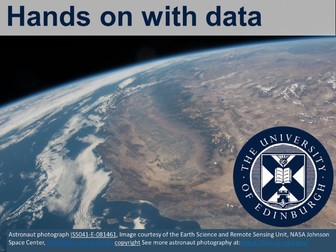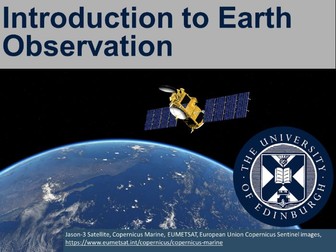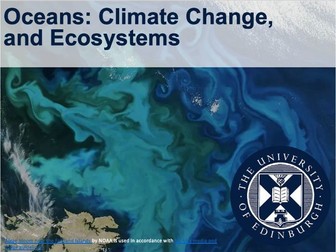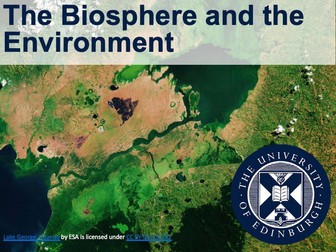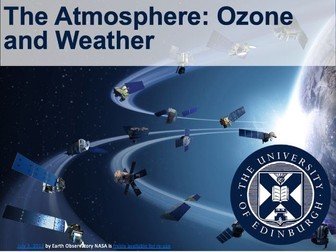SatSchool: Hands on with Climate Data
<p>This resource is made up of informational power points focussing on <strong>earth observation technology</strong> and activity packs which guide students through the <strong>interpretation of satellite data to observe the effects of deforestation, human activity, seasons and climate change</strong>.</p>
<p>This is an interdisciplinary resource which includes historical background, graphical and map data, with regular pauses for students to make written considerations of the observed geography and events. The activity packs also provide opportunities for students to develop their technical skills and gain awareness of the worldwide environment and the impacts of human action on the environment.</p>
<p>This resource is suggested as a third and fourth level science resource (suggested ages 10 - 16).</p>
<p>Relevant Learning Outcomes: SCN 3-11b, SCN 4-06a, LIT 3-28a, LIT 4-28a, LIT 3-06a / LIT 4-06a, SOC 4-10a , SOC 3-14a , SOC 4-14a, MNU 4-20a, MNU 3-11a, MNU 4-11a, TCH 4-14c</p>
<p>It is suitable as a standalone resource. The activity packs also match up with the topics covered in the other SatSchool modules so can supplement and enhance those materials.</p>
<p>This resource bundle includes the following:<br />
• Power point ‘Hands on with Data’ Introductory Presentation<br />
• Power Point ‘History of Earth Observation’ Presentation<br />
• Intro Activity Booklet<br />
• Land Activity Booklet<br />
• Oceans Activity Booklet<br />
• Ice Coding Activity Booklet<br />
• Summary Quiz</p>
<p>There are three versions of each activity booklet: online, offline friendly and printing friendly to suit the resources that you have available.</p>
<p>More detailed information on the resource content is provided in the resource cover document in the downloadable pack. The download is made up of a compressed folder containing the entire content bundle, along with a selection of images which are used to provide a preview of the content on tes.</p>
<p>This resource is an adaptation of the ‘Hands on with Data’ Module available on the SatSchool Website. SatSchool is an Earth observation outreach programme designed and delivered by PhD students from SENSE CDT, spanning multiple universities and research groups.</p>
<p>This version of the resource was developed in collaboration with the University of Edinburgh OER Service.</p>
<p>Authors: SatSchool Team, module development led by Sol White, website designed by Sam Bancroft, adapted into document form by Alyssa Heggison.<br />
Unless otherwise stated, all content is released under a <a href="https://creativecommons.org/licenses/by-sa/4.0/" target="_blank" rel="nofollow">CC BY-SA 4.0</a> license.</p>
<p>Cover Image: Astronaut photograph ISS041-E-081461, Image courtesy of the Earth Science and Remote Sensing Unit, NASA Johnson Space Center. NASA does not maintain copyright.</p>
